‘Doctor Strange In The Multiverse Of Madness’ Producer Says Wanda’s Heel Turn Was Directly Inspired By The Comics: “The Scarlet Witch, For Various Reasons, Doesn’t Always Do Things That Are Good For Everyone Around Her”
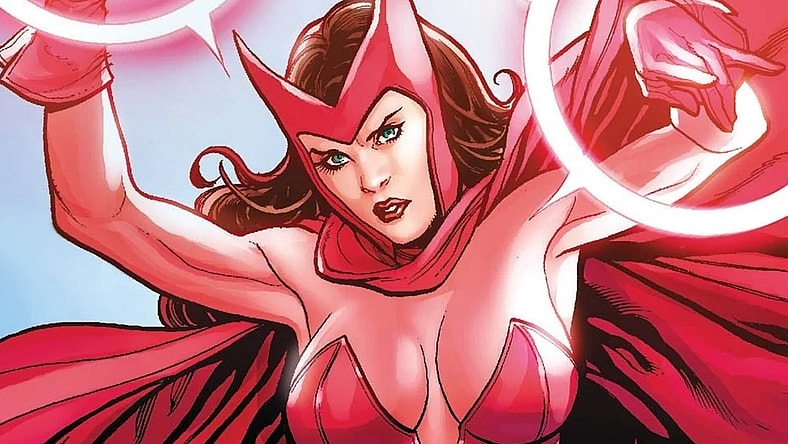
According to Doctor Strange in the Multiverse of Madness producer Richie Palmer, the idea to have Wanda descend into full-villain status was directly inspired by the fact that, in the original comics, the Avenger “doesn’t always do things that are good for everyone around her”.
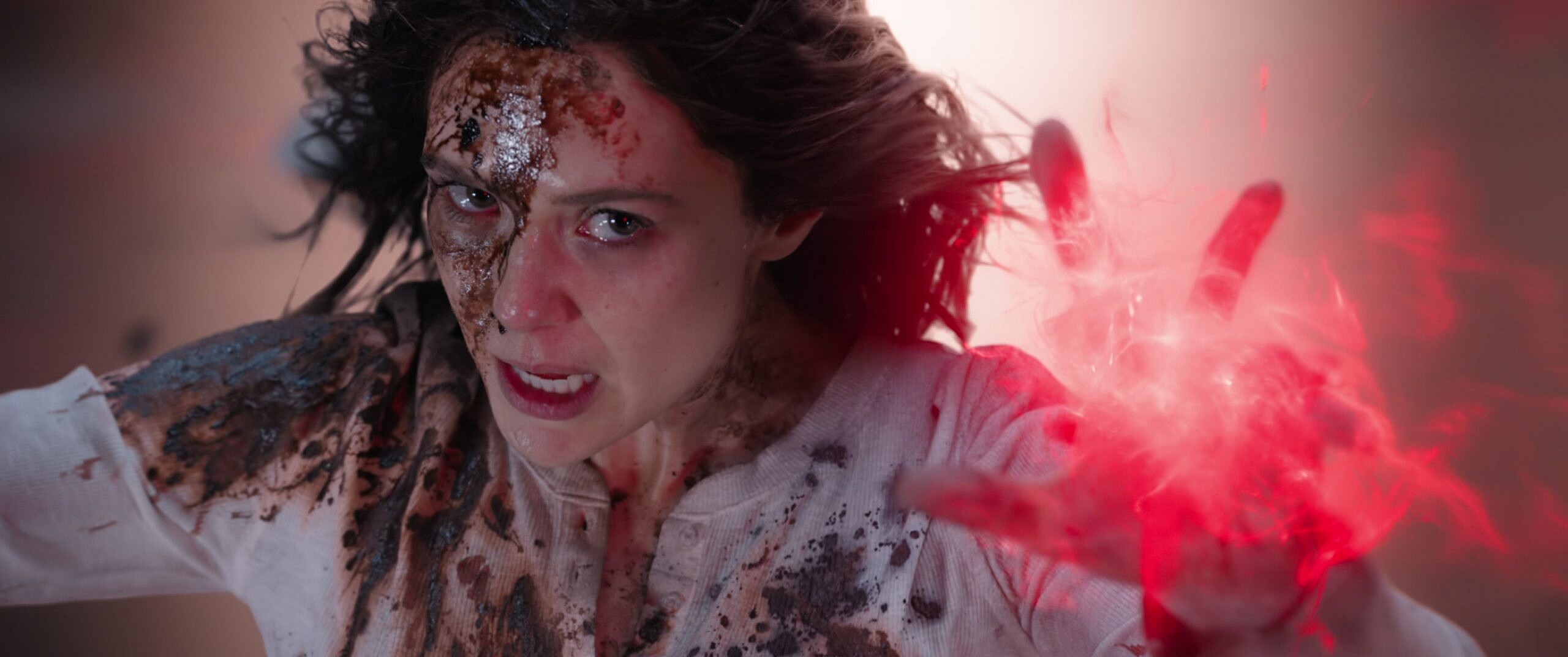
Palmer, whose extensive history with Marvel Studios also includes stints as a production manager on Avengers: Endgame and WandaVision, provided this insight into the Scarlet Witch’s fall from grace while speaking in reflection of the Doctor Strange sequel’s development for the the film’s official art book.
“WandaVision was a crazy journey for that character,” said Palmer. “So to see where she would go after that, it might naturally be a darker place. She might not be the happiest person in the world after that show, and we see how the most powerful being in the universe deals with the question of happiness.”
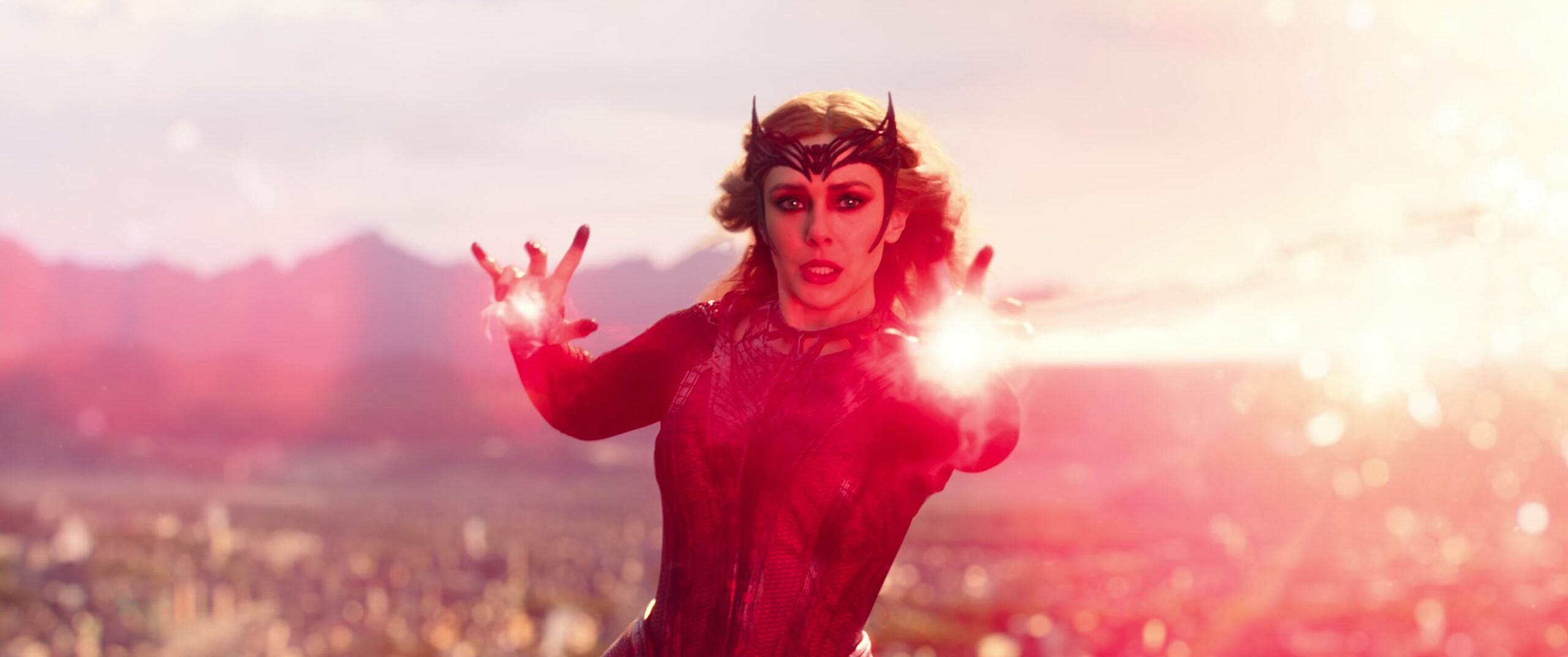
“It’s kind of a theme of our movie,” the producer continued. “Doctor Strange is also dealing with the same thing: You’ve saved the world. You’ve sacrificed for the greater good. But are you happy? This is something that all of our characters really have to confront, and that question takes them to crazy places. Wanda sees America [Chavez] as a chance to go find happiness out in The Multiverse. And she’s The Scarlet Witch, so it’s going to be hard to stop her from getting what she wants.”
Palmer then asserted that, while the execution of the idea may have failed to land with some audiences, the entire concept of Wanda giving in to her more universe-destroying temptations was taken directly from the comic books.
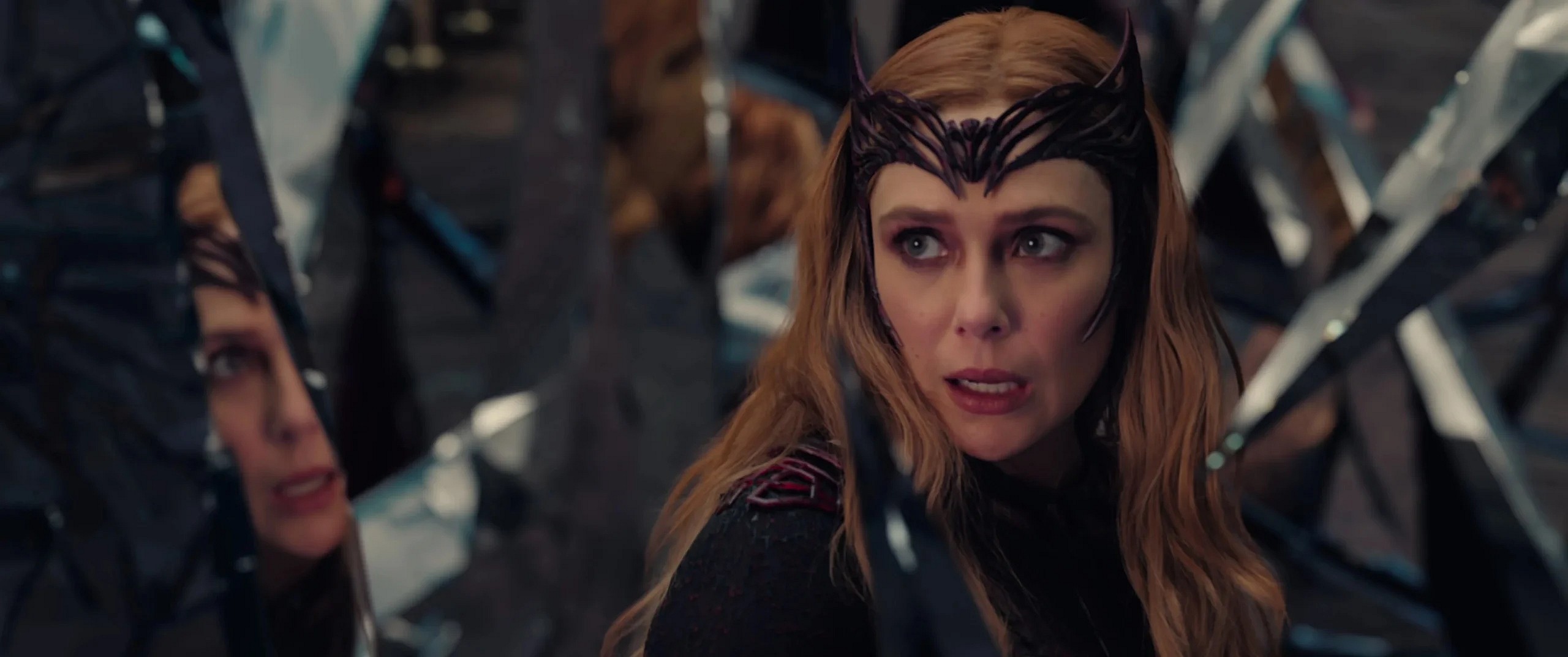
RELATED: Kevin Feige Says Doctor Strange Cut From WandaVision Because He’s White And Male
“At the end of the day, we’re all fans of the comics,” the producer noted. “And in the comics, The Scarlet Witch – for various reasons doesn’t always do things that are good for everyone around her.”
Proceeding to ostensibly reference such moments from Wanda’s comic book past as her killing of Hawkeye, Vision, and Scott Lang during the Avengers Disassembled storyline and her declaration of “No more mutants” at the end of House of M – both notably written by Brian Michael Bendis before his writing chops went completely off the rails – Palmer ultimately explained, “She kills people in the comics. She rewrites reality to her whims. And we always said, this character is in our universe – we should really be honoring what she does in the comics because we think it’ll be fun. We think people will want to see it.”
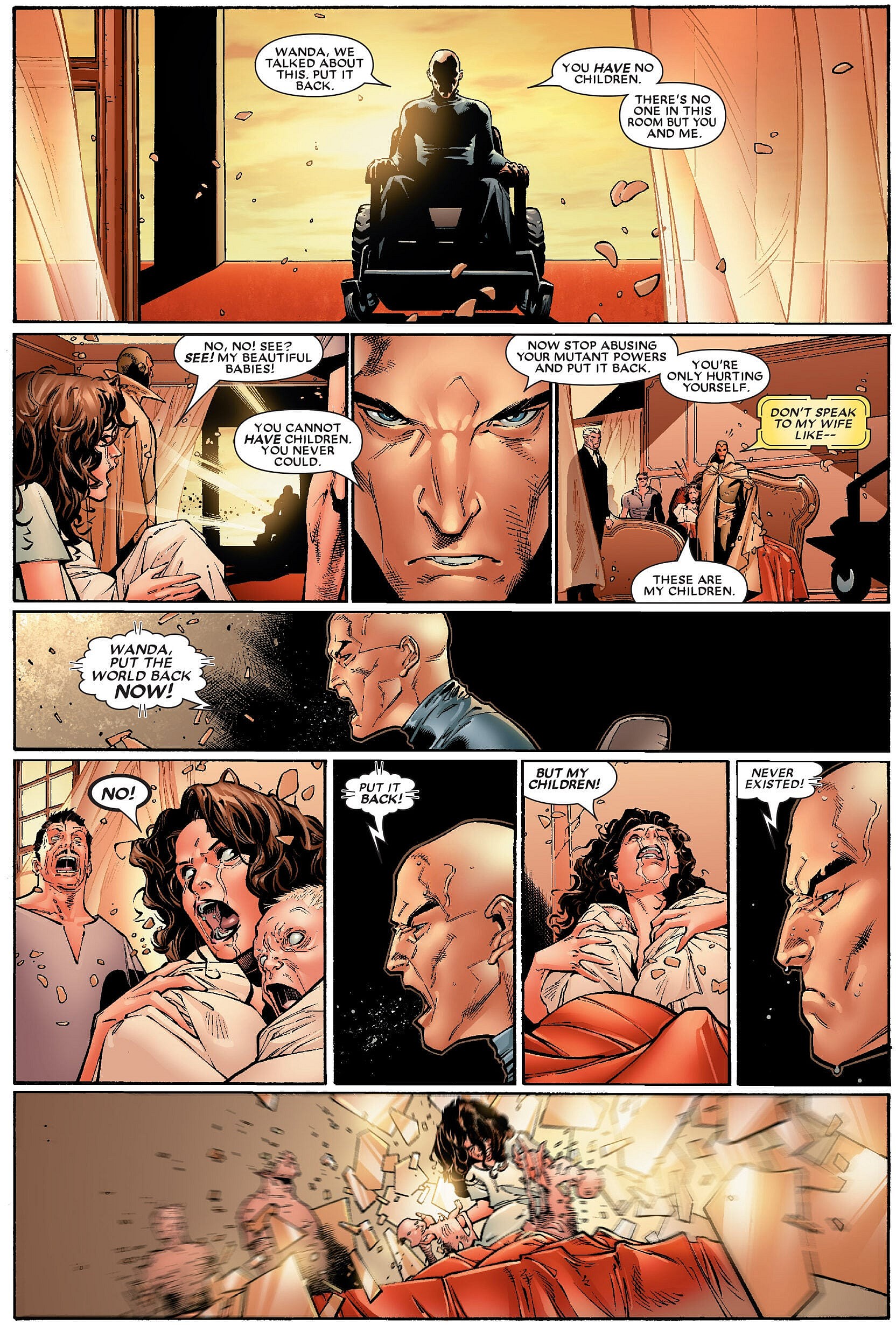
Ultimately, while these elements of Wanda’s comic book incarnation are admittedly present in her live-action depiction, what was lost in translation was the fact that, during these moments, Wanda is never treated like a hero.
In the comics, upon both decimating the Avengers and reducing the mutant population to only 198, Wanda was treated by her peers as a persona non grata at best and an enemy of the state at worst. It was not until she actually moved to redeem herself and make-up for her actions that she began to reingratiate herself amongst the superpowered community.
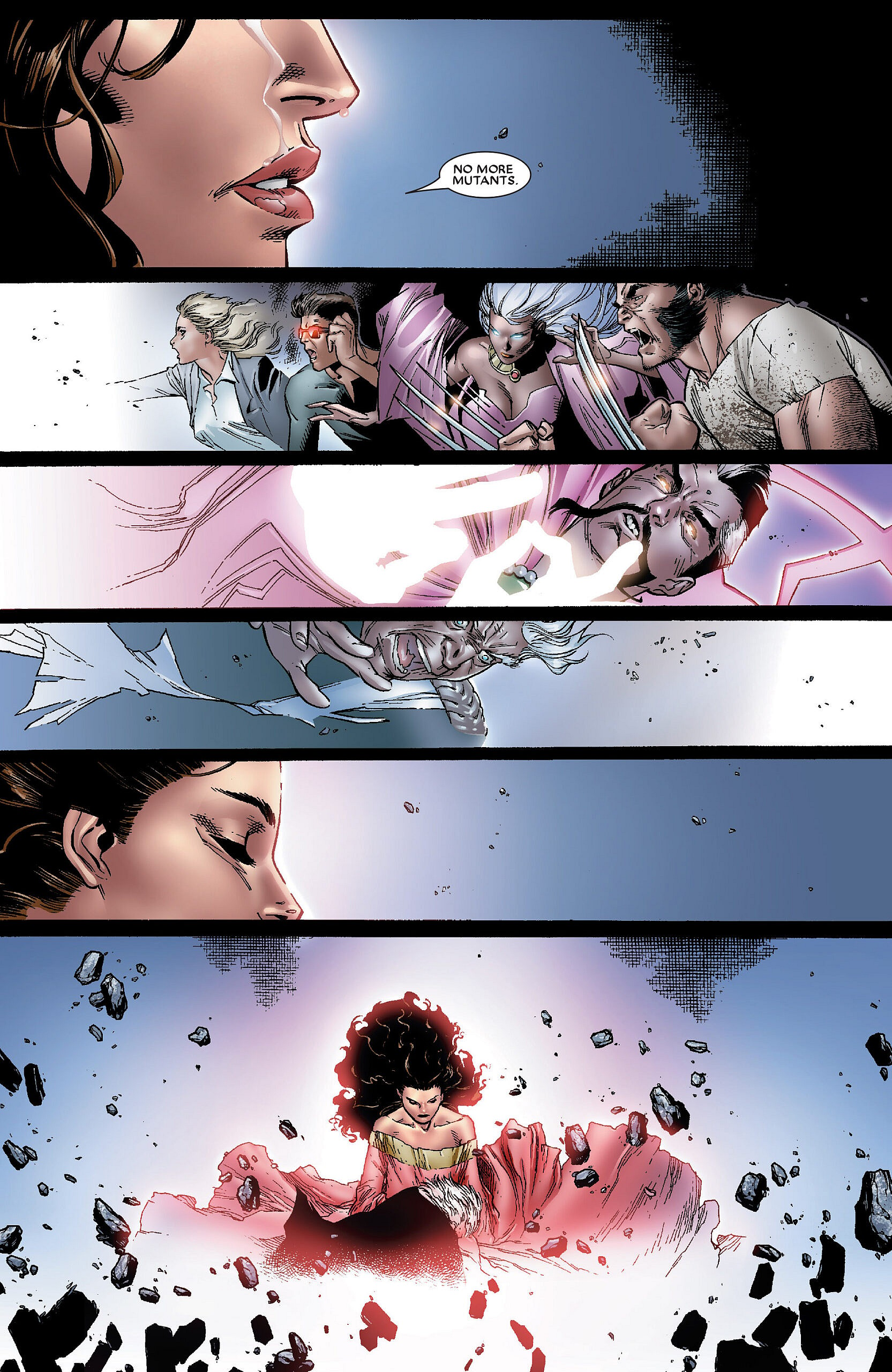
However, in the MCU, Wanda’s actions were met with all the response one would give to a small child who accidentally knocked their dinner onto the ground.
Rather, instead of seeing her set upon by the full might of the Avengers for her kidnapping of an entire towns worth of people or even being properly lectured by Doctor Strange on the dangers of her powers (a moment cut from the film due to Kevin Feige’s aversion to showing a “white guy” in a position of authority over their strong female lead), Wanda was essentially given carte blanche to rampage across the MCU until the former Sorcerer Supreme appeared on the scene.

